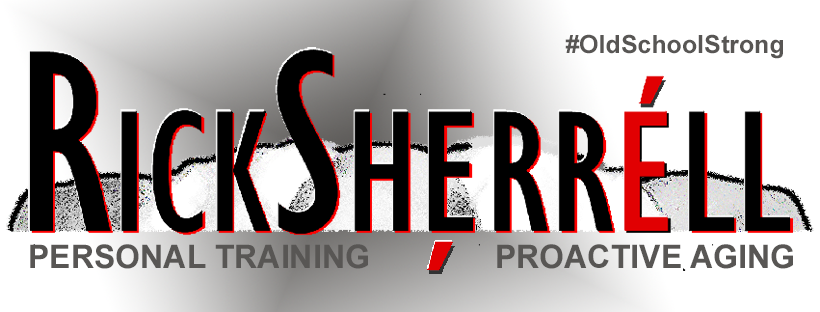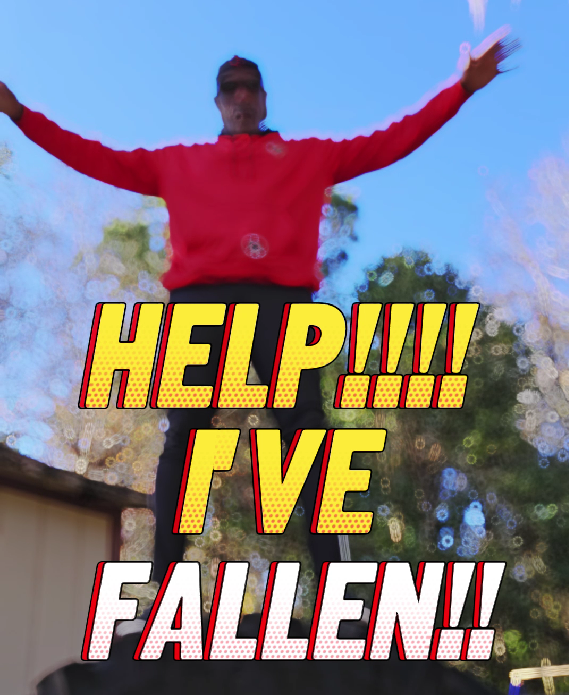Let’s talk balance. It’s one of those things you don’t think about—until you’re suddenly grabbing for a railing or feeling that moment of panic mid-stumble. If you’ve ever laughed at those “Help, I’ve fallen, and I can’t get up!” commercials, listen up: Without good balance, that could be YOU.
Here’s the reality—as you age, your balance naturally declines. Muscle loss, slower reflexes, and reduced coordination all play a role. But here’s the good news: Balance is a skill, and like any skill, it can be trained and improved!
Why Balance Training is Essential for Proactive Aging
From the Proactive Aging Blueprint: “Balance isn’t just about avoiding falls—it’s about moving through life with confidence. Whether you’re stepping off a curb, playing pickleball, or reaching for something on a high shelf, better balance means better mobility, stability, and independence.”
Poor balance isn’t just an inconvenience—it’s a major risk factor for falls, injuries, and loss of independence. The stronger and more stable you are, the more capable you’ll be to stay active and keep doing what you love.
Test Your Balance Right Now!
Here’s a quick test: Stand on one leg for 20 seconds without wobbling or holding onto anything. Go ahead—try it right now.
Struggling? That’s okay! Identifying your weak spots is the first step to fixing them.
Three Exercises to Improve Your Balance
1. Heel-to-Toe Walk – Walk in a straight line, placing the heel of one foot directly in front of the toes of the other. This builds coordination and forces your body to stabilize.
2. Single-Leg Stand – Lift one leg slightly off the ground and hold, then switch sides. Start with just a few seconds and work your way up to 20-30 seconds per leg.
3. Warrior 3 Pose (For a Bigger Challenge!) – Shift your weight onto one leg and extend the other straight behind you, forming a “T” shape with your body. This challenges stability, strengthens small stabilizing muscles, and improves overall balance and mobility.
Balance = Strength + Stability + Confidence
Here’s the deal: Good balance doesn’t just prevent falls—it builds independence. By training it regularly, you’ll move with more confidence, react faster in unexpected situations, and reduce your risk of injuries.
Your Balance Challenge!
Try one of these exercises TODAY and comment below or share a video of your progress! Let’s hold each other accountable—because badasses don’t just survive, they THRIVE.
Want a full plan to improve balance, mobility, and strength? Download the Proactive Aging Blueprint and start training smarter today!
Remember: Falling is optional—but working on your balance is mandatory. Let’s go!
PEACE.
Rick

